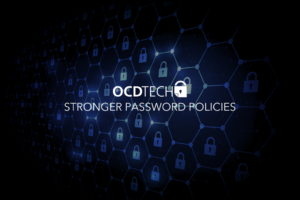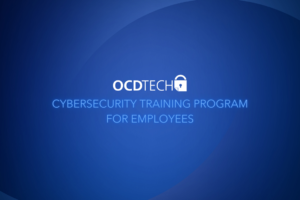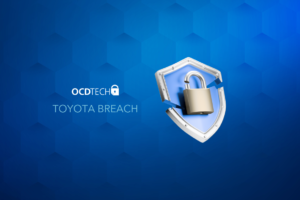Maximum Security in Your Business
Strong internal controls act as the first line of defense, safeguarding your valuable information and assets. As cybersecurity experts, here we outline 5 essential internal controls to achieve maximum security in your organization:
1. Access Control
Imagine your company data as a fortress. Access control acts as the gatekeeper, meticulously verifying who enters and what they can do within. This involves:
Multi-Factor Authentication (MFA): Go beyond simple passwords. MFA adds an extra layer of security by requiring a secondary verification code, like one from a trusted device, to access sensitive systems.
Least Privilege Principle: Grant employees access only to the data and systems they need to perform their jobs. This minimizes the potential damage if a single account is compromised.
Regular User Access Reviews: Don’t let access permissions become stale. Periodically review user accounts to ensure continued need and adjust privileges as necessary.
2. Segregation of Duties
This control prevents any single individual from having complete control over a financial transaction or process. Imagine separating the tasks of approving a purchase, handling the payment, and reconciling the accounts – each step is handled by a different person. This makes it significantly harder for fraudulent activity to go unnoticed.
3. Data Protection
Your company’s confidential data, including customer details, financial records, and intellectual property, is a prime target for attackers. Here’s how to fortify your data:
Data Encryption: Render your data unreadable to unauthorized users by scrambling it with encryption algorithms. This ensures even if data is breached, it remains useless to attackers.
Regular Backups: Safeguard against data loss due to accidents or attacks by creating secure, regularly scheduled backups of your data. Store backups securely, ideally offsite.
Data Usage Policies: Establish clear guidelines on how employees can access, use, and share sensitive information. Educate your workforce on these policies regularly.
4. Monitoring and Logging
Just like a security guard patrolling a building, continuous monitoring is essential for cybersecurity. Implement systems to:
Track User Activity: Monitor and log user activity within your network to identify suspicious behavior, such as unauthorized access attempts or unusual data transfers.
Security Information and Event Management (SIEM): Utilize a SIEM solution to collect and analyze data from various security tools, providing a comprehensive view of your security posture and enabling faster threat detection.
Regular Log Review: Don’t let security logs gather dust. Dedicate time to reviewing security logs to identify potential issues and investigate anomalies.
5. Incident Response
Even with the best defenses, cyberattacks can still occur. Having a well-defined incident response plan ensures a swift and coordinated response to minimize damage. Your plan should address:
Detection and Reporting: Establish clear procedures for identifying and reporting security incidents.
Containment and Eradication: Outline steps to isolate the threat, prevent further damage, and eradicate the attacker from your systems.
Recovery and Remediation: Define your recovery plan to restore affected systems and data. Additionally, include steps to identify vulnerabilities and improve your security posture to prevent similar incidents in the future.
These 5 internal controls form the pillars of a robust cybersecurity strategy. By implementing them effectively, you significantly reduce the risk of cyberattacks and safeguard your business from financial losses, reputational damage, and operational disruptions. Remember, cybersecurity is an ongoing process. Regularly review and update your controls to stay ahead of evolving threats. By prioritizing a culture of security awareness within your organization, you can build a formidable defense against cyber threats and ensure the continued success of your business.
Request a free consultation with our team of experts.
SECURING YOUR PATH




